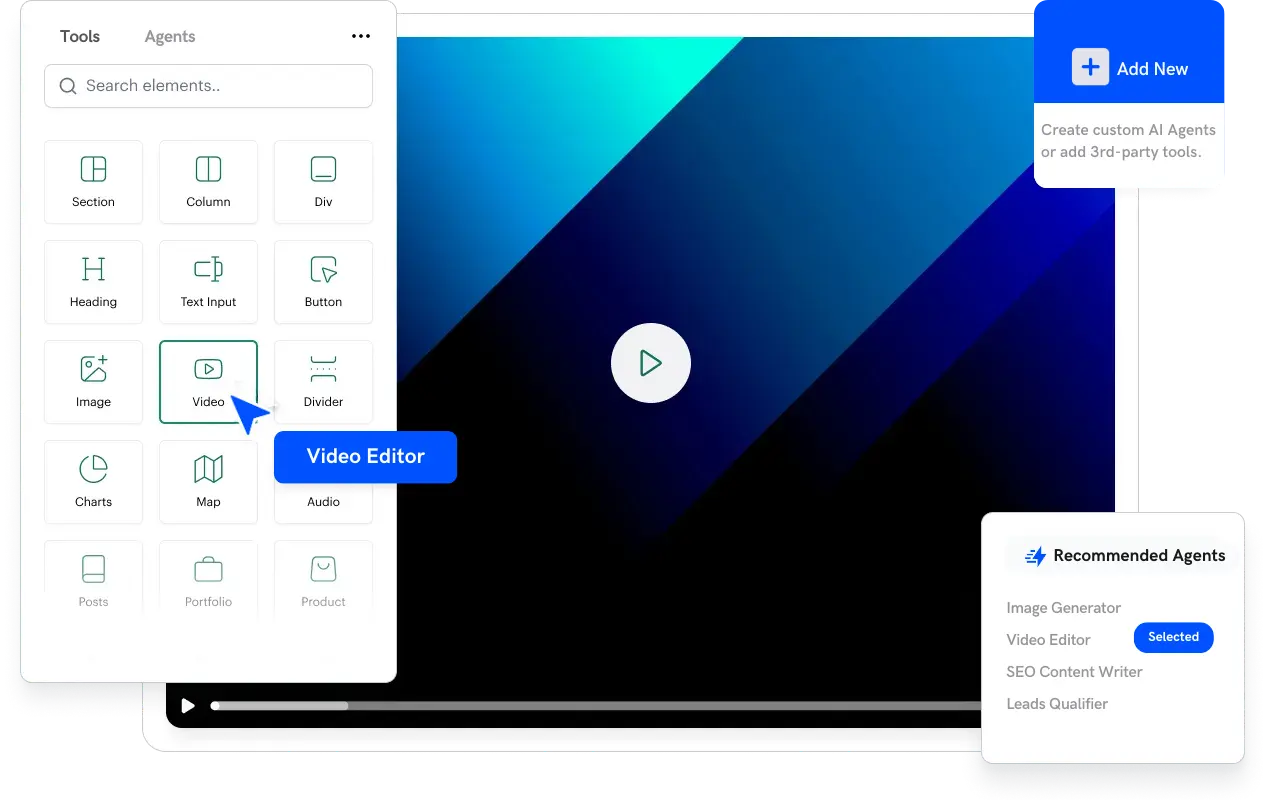Introduction
Implementing artificial intelligence (AI) in workflow management can deliver transformative efficiency gains—but only when done correctly. According to a 2024 McKinsey study, organizations that follow AI implementation best practices see up to a 30% increase in operational efficiency. In this article, we’ll walk through the critical steps and proven strategies for integrating AI into your workflows, ensure successful adoption, and highlight how TurboMode AI can accelerate your journey from planning to execution.
- Start with Clear Objectives
Before you write a single line of code, define what success looks like:
- Identify Pain Points:
Map out existing workflows and pinpoint repetitive or error‑prone tasks ripe for automation. - Set Measurable Goals:
Establish KPIs such as reduction in task completion times, error rates, or labor hours saved. - Align with Business Strategy:
Ensure AI initiatives support broader organizational objectives, whether that’s faster time-to-market, cost reduction, or improved customer satisfaction.
- Conduct a Thorough Process Audit
A detailed audit sets the foundation for successful AI integration:
- Process Mapping:
Use flowcharts or process‑mapping tools to document every step of your current workflows. - Data Collection:
Gather historical performance data, error logs, and user feedback to understand baseline metrics. - Stakeholder Input:
Interview frontline employees—those who execute the tasks daily—to capture practical insights and uncover hidden inefficiencies.
- Choose the Right AI Tools
Not all AI solutions are created equal. Evaluate based on:
- Functionality:
Look for features like natural language processing (NLP), robotic process automation (RPA), and predictive analytics that match your use case. - Integration Capabilities:
Verify that the AI platform can connect seamlessly with your existing systems (e.g., CRM, ERP, document management). - Scalability:
Ensure the solution can grow with your organization, handling increased data volumes and more complex workflows.
- Pilot in a Controlled Environment
A small-scale pilot mitigates risk and builds internal confidence:
- Select a Test Bed:
Choose a business unit or department with clearly defined, high-impact processes for the pilot. - Define Success Metrics:
Measure improvements against your baseline KPIs—task throughput, error reduction, cycle time. - Iterate Quickly:
Use agile methodologies to deploy, gather feedback, and refine your AI workflows in short sprints.
- Develop a Robust Change Management Plan
People are your greatest asset—and biggest change management hurdle:
- Leadership Buy-In:
Secure executive sponsors to champion the project and allocate resources. - Transparent Communication:
Explain the “why” behind AI adoption, addressing common concerns about job displacement by emphasizing AI’s role in augmenting human work. - Training & Upskilling:
Provide hands‑on workshops and e‑learning modules so employees feel confident using new AI tools.
- Ensure Data Quality and Governance
AI’s output is only as good as its input:
- Data Cleansing:
Invest in cleansing and normalizing your data to remove inaccuracies and inconsistencies. - Governance Policies:
Define data ownership, access controls, and compliance measures (e.g., GDPR, CCPA) to safeguard sensitive information. - Ongoing Monitoring:
Regularly audit data pipelines and AI models to detect drift, bias, or anomalies.
- Monitor, Measure, and Optimize
Continuous improvement keeps your AI workflows performing at peak:
- Real-Time Dashboards:
Use live analytics to track workflow performance and identify emerging bottlenecks. - Feedback Loops:
Solicit regular input from end-users to refine AI models and fine-tune process rules. - A/B Testing:
Experiment with variations in automations to determine which configurations yield the best results.
- Scale Across the Organization
After a successful pilot:
- Phased Rollout:
Expand to additional departments in waves, applying lessons learned from the pilot. - Standardized Frameworks:
Develop reusable templates, playbooks, and API integrations to accelerate future deployments. - Center of Excellence:
Establish an internal AI Center of Excellence to govern best practices, share knowledge, and maintain consistency.
TurboMode AI Spotlight
TurboMode AI exemplifies these best practices: its low‑code integration, robust analytics dashboard, and built‑in change‑management resources streamline every step from pilot to scale.
“We’re shifting the game from managing work to getting work done—helping teams become 10x more productive.”
See TurboMode AI in action—book a demo today.
Conclusion
Implementing AI in workflow management demands more than just deploying technology—it requires clear objectives, process rigor, strong change management, and continuous optimization. By following these best practices and leveraging platforms like TurboMode AI, organizations can unlock significant efficiency gains and foster a culture of innovation. Ready to transform your workflows? Book a demo today and get started on your AI journey.






